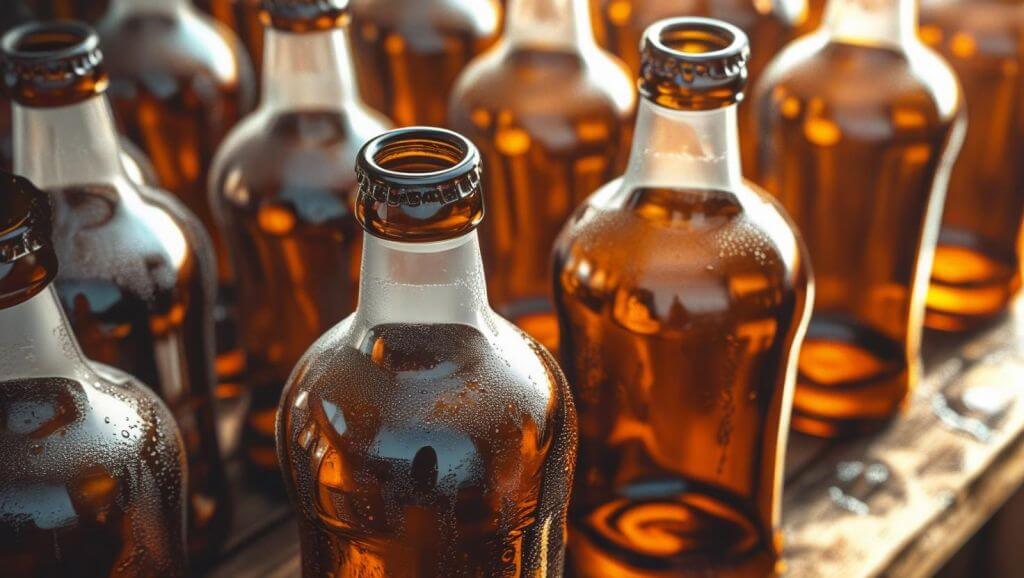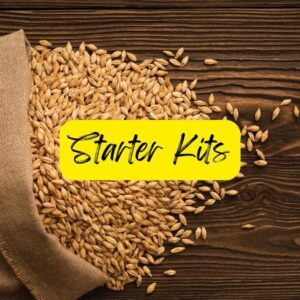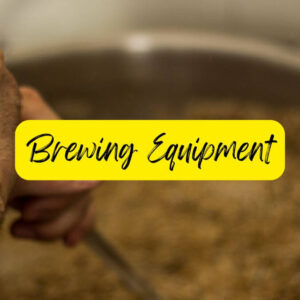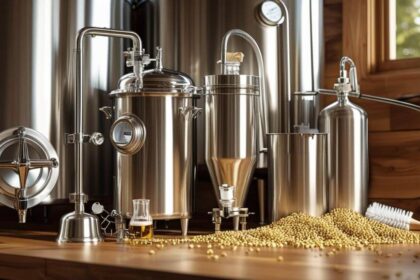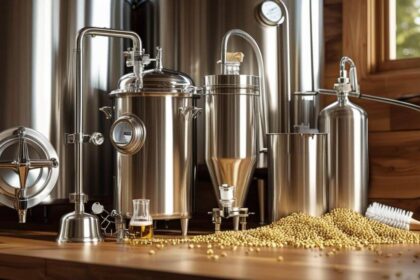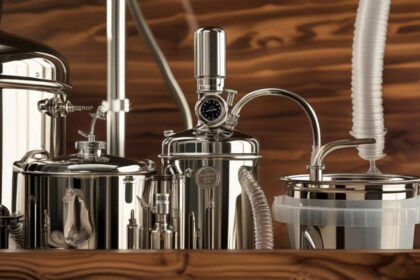After weeks of careful brewing and patient fermentation, you’ve reached the final step in your home brewing journey: storing your beer. This decision between beer bottles and Cornelius kegs will determine not only how you serve your brew but also how you share it with others. Each option offers distinct advantages that cater to different brewing goals and lifestyles.
Choosing the right storage method matters more than you might think. Your storage decision affects carbonation levels, flavor preservation, serving convenience, and even how much you’ll enjoy sharing your creations. Whether you’re bottling your first batch or considering an upgrade to a keg system, understanding these storage options will help you make the best choice for your brewing setup.
Beer Bottles: Perfect for the Casual Home Brewer
Beer bottles represent the traditional approach to home brewing storage. They’re accessible, affordable, and ideal for brewers who want to share their creations one bottle at a time.
Why Choose Beer Bottles?
Cost-Effective Startup: Bottles require minimal initial investment compared to kegging systems. You can reuse commercial beer bottles, purchase new ones inexpensively, or invest in swing-top bottles for repeated use. A basic bottle capper costs around $20, and bottle caps are pennies each.
Perfect Portion Control: Each bottle contains exactly one serving, making it easy to grab a beer without committing to consuming larger quantities. This approach works well for casual drinkers who prefer variety or want to age different batches separately.
Gift-Friendly Storage: Bottles make excellent gifts for friends and family. You can easily create custom labels, share specific batches, or bring bottles to parties without worrying about getting equipment back.
Natural Carbonation: Bottle conditioning allows yeast to naturally carbonate your beer, often resulting in complex flavors and a finer bubble structure than force carbonation.
Bottling Equipment Essentials
Your bottling setup requires several key pieces of home brewing equipment:
- Sanitized bottles (about 50 for a 5-gallon batch)
- Bottle capper and caps
- Bottling bucket with spigot
- Racking cane or auto-siphon
- Bottling wand for controlled filling
Bottling Considerations
Bottling takes time and patience. Plan for 2-3 hours of cleaning, sanitizing, filling, and capping. Each bottle must be individually filled and capped, then stored for 2-3 weeks while carbonation develops.
The process also uses more cleaning supplies and creates more potential contamination points than kegging. However, properly bottled beer can last months when stored correctly.
Cornelius Kegs: Your Gateway to a True Home Tap System
Cornelius kegs (or “Corny kegs”) transform your home brewing experience into something closer to a commercial brewery operation. These stainless steel vessels originally held soda syrup but have become the gold standard for serious home brewers.
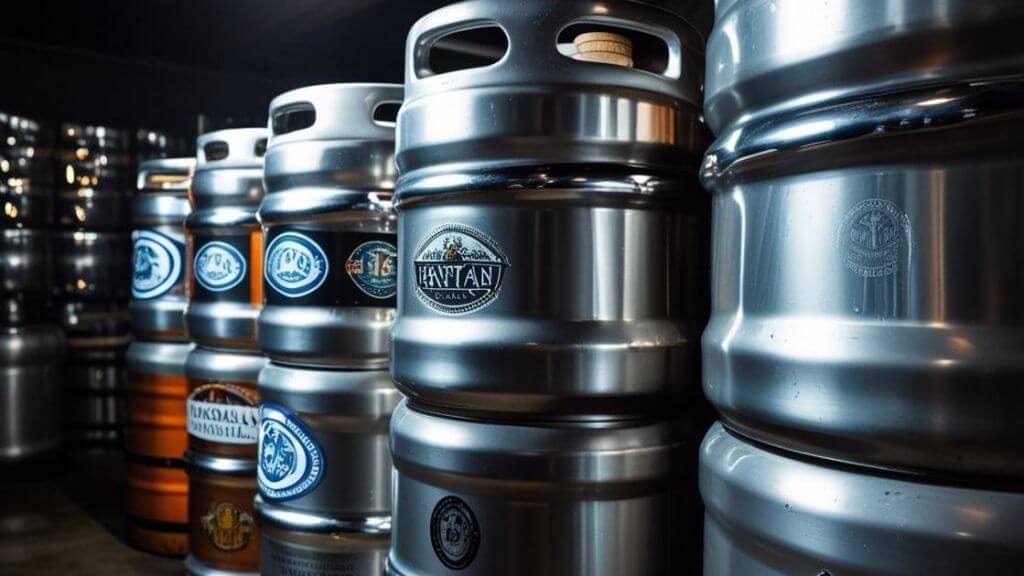
The Kegging Advantage
Professional Serving Experience: Nothing beats pulling a fresh pint from your own tap. Kegs connected to a proper draft system serve beer at optimal temperature and carbonation, delivering the exact experience you intended.
Time Savings: Kegging eliminates individual bottle preparation. One sanitized keg holds an entire 5-gallon batch, and force carbonation means your beer is ready to drink within days, not weeks.
Better Beer Control: Kegs allow precise carbonation control through CO2 pressure adjustment. You can serve the same beer at different carbonation levels or adjust serving pressure for different styles.
Easier Cleaning: Sanitizing one keg is simpler than cleaning 50 bottles. Most kegs disassemble completely for thorough cleaning and maintenance.
Keg System Components
A complete kegging setup includes several brewing equipment pieces:
- Cornelius keg (5-gallon capacity)
- CO2 tank and regulator
- Gas and liquid disconnect fittings
- Beer lines and faucet
- Kegerator or fermentation chamber for temperature control
Investment Considerations
Kegging requires a higher initial investment, typically $300-500 for a basic setup. However, the long-term convenience and professional results often justify the cost for dedicated brewers.
You’ll also need consistent CO2 supplies and proper temperature control. Many brewers start with bottling and upgrade to kegs as their interest and batch frequency increase.
Making the Right Choice for Your Brewing Goals
Choose Bottles If You:
- Are just starting with home brewing
- Brew infrequently or in small batches
- Want to share beer easily with others
- Enjoy the traditional bottling ritual
- Have limited space or budget
- Prefer experimenting with different carbonation levels per bottle
Choose Kegs If You:
- Brew regularly and consume beer frequently
- Value convenience and time savings
- Want the authentic pub experience at home
- Have space for a kegerator or draft system
- Prefer consistent carbonation and serving
- Plan to scale up your brewing operation
Hybrid Approaches
Many experienced brewers use both methods strategically. They might keg most of their batch for daily consumption while bottling a portion for aging, competitions, or sharing. This approach maximizes both convenience and flexibility.
Some brewers use a “party pig” or growler system as a middle ground, offering some draft benefits without full keg system investment.
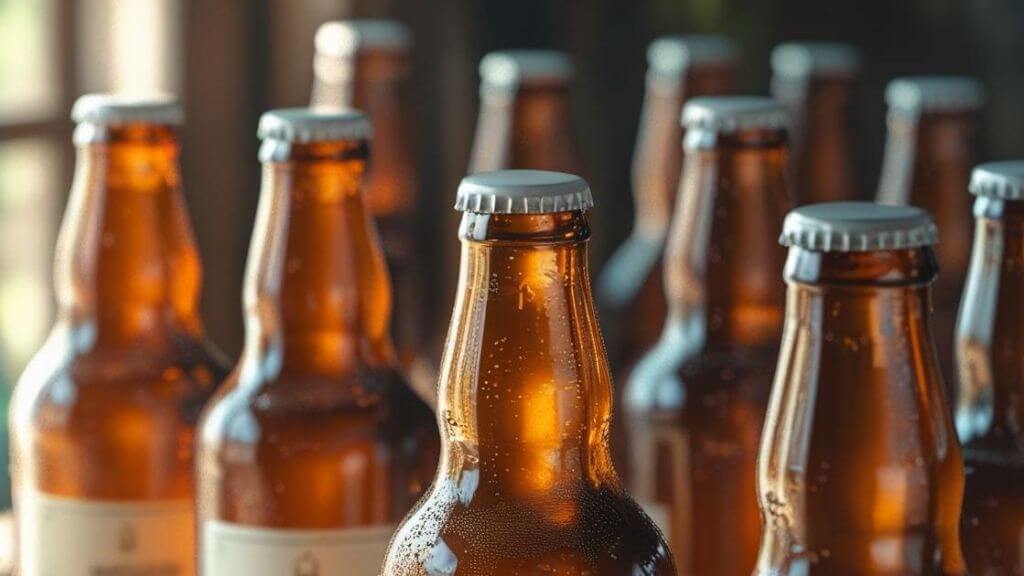
Essential Equipment Considerations
Regardless of your choice, certain home brewing equipment remains crucial for both methods:
Fermentation Vessels: Primary and secondary fermenters are necessary for both bottling and kegging. Glass carboys or plastic buckets work well for beginners.
Sanitization Supplies: Star-San or similar no-rinse sanitizers are essential for both bottles and kegs. Proper sanitization prevents off-flavors and spoilage.
Temperature Control: Both storage methods benefit from consistent temperature control during carbonation and serving.
Quality Testing: Hydrometers, pH strips, and thermometers help ensure your beer is ready for packaging regardless of storage method.
Storage and Serving Tips
Bottle Storage: Store bottles upright in a cool, dark place. Avoid temperature fluctuations that can affect carbonation and flavor development. Most home-brewed bottled beer peaks within 3-6 months.
Keg Storage: Keep kegs cold and maintain proper CO2 pressure. Clean lines regularly to prevent off-flavors. Kegged beer typically stays fresh for several months when properly maintained.
Serving Technique: Proper pouring technique matters for both bottles and kegs. Clean glassware and appropriate serving temperatures enhance flavor regardless of storage method.
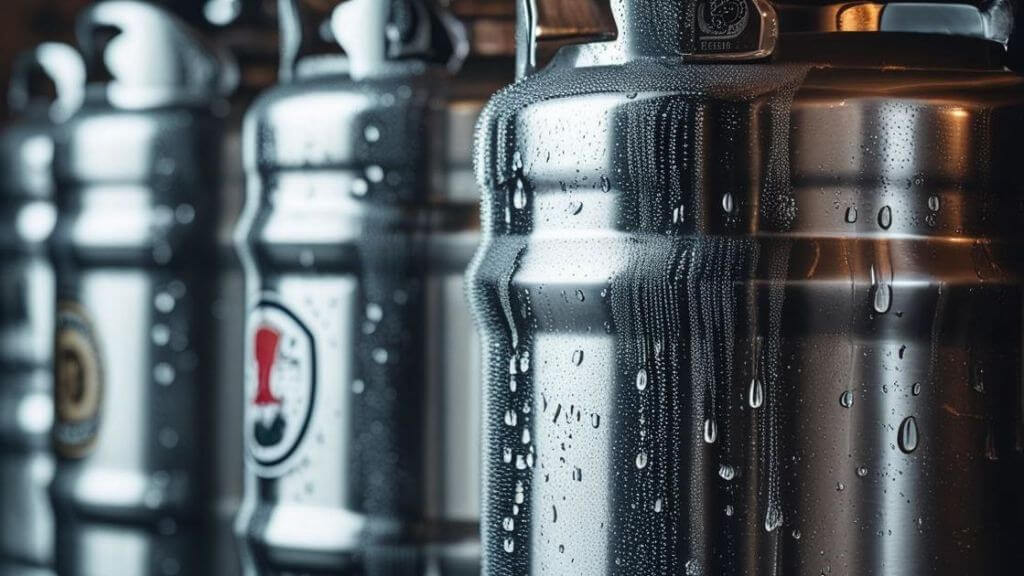
Finding Your Perfect Storage Solution
Your choice between beer bottles and Cornelius kegs ultimately depends on your brewing frequency, space constraints, budget, and personal preferences. Both methods can produce excellent results when executed properly.
Consider starting with bottles to learn proper sanitization and carbonation techniques. As your skills and interest grow, you can always upgrade to a keg system while keeping bottling equipment for special projects.
Remember that great beer starts with quality ingredients and proper fermentation. Whether you choose bottles for their simplicity or kegs for their convenience, focus first on perfecting your brewing process. The best storage method is the one you’ll use consistently to preserve and serve your carefully crafted beer.
The most successful home brewers often use both methods strategically, choosing based on the specific beer style, intended use, and personal circumstances. Your brewing equipment should enhance your enjoyment of this rewarding hobby, not complicate it.

